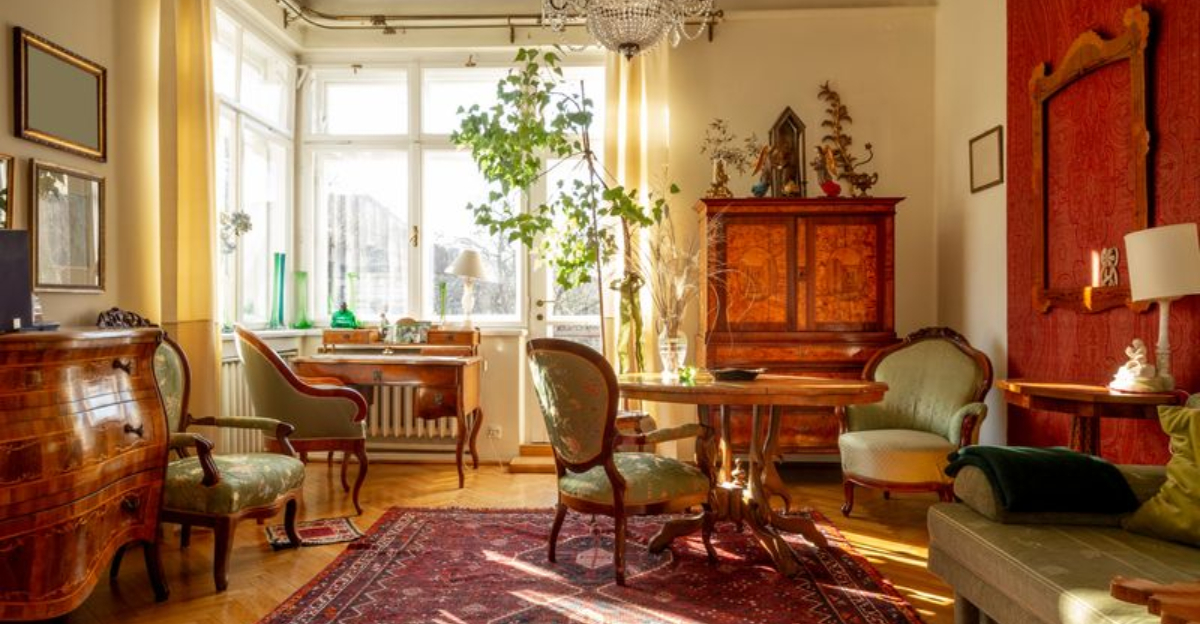Tired of scrolling through endless Instagram feeds of stark white walls and suspiciously uncomfortable furniture? The minimalist movement has turned our homes into museum displays nobody’s allowed to touch.
Meanwhile, vintage charm waits patiently in the wings, armed with personality, history, and actual comfort—ready to transform sterile spaces into homes that feel lived-in and loved.
1. Soul Over Showroom
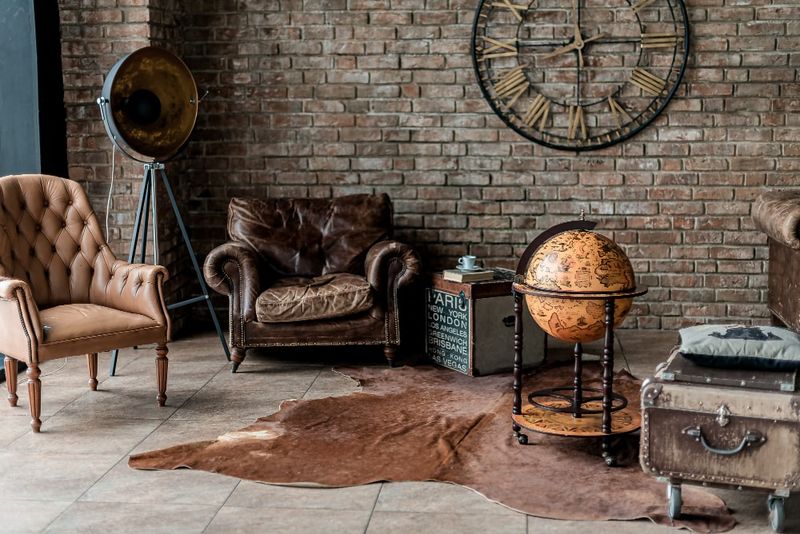
Vintage pieces carry whispers of past lives—scratches from family dinners, patina from decades of gentle touching. Each mark tells a story.
Modern minimalist pieces arrive pristine from factories, devoid of history or personality. Like dating a robot programmed to say all the right things but lacking any emotional depth.
Vintage items grow more beautiful with age, developing character modern pieces can only pretend to have.
2. Conversation Starters, Not Conversation Killers
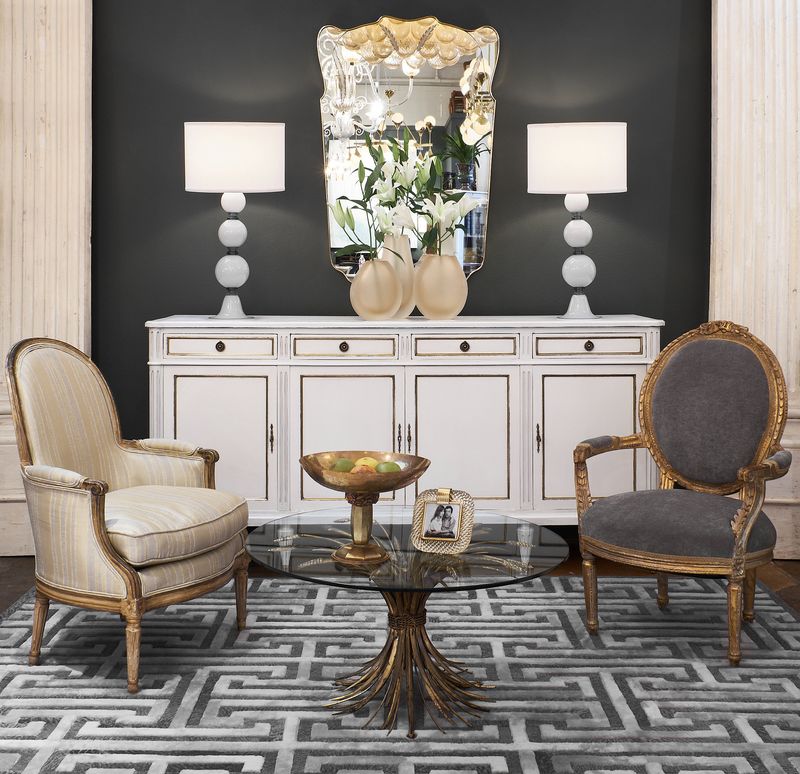
Nobody visits your home and exclaims, “My goodness, what a stunning lack of objects you have!” Minimalism breeds polite nods, not passionate discussions.
Vintage treasures spark stories—where grandmother’s art deco vanity mirror was discovered, how that 1950s jadeite bowl survived three generations. Guests linger, touch things, ask questions.
Memories bloom around objects with history, turning ordinary evenings into storytelling sessions.
3. Colors That Pop, Not Disappear
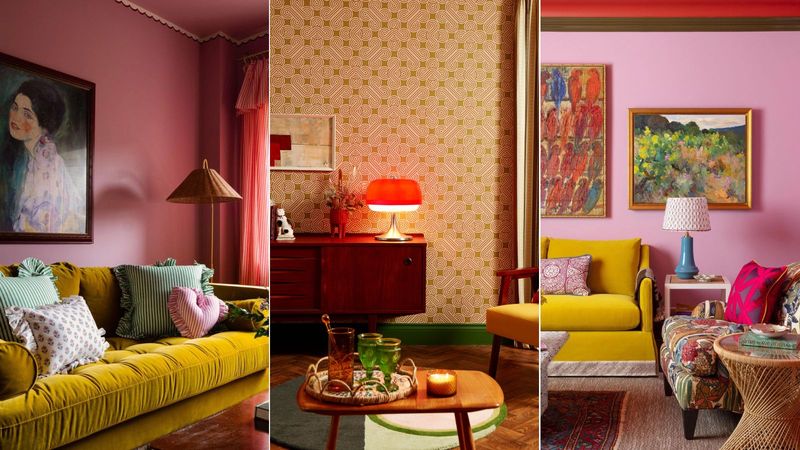
Remember when homes weren’t afraid of color? Vintage decorating embraces emerald greens, burnt oranges, mustard yellows—hues with conviction and personality.
Modern minimalism worships at altar of beige, white, and fifty shades of nothing. Walking into minimalist spaces feels like entering purgatory’s waiting room—where even walls seem afraid to make statements.
Vintage color palettes awaken senses dulled by years of Instagram-approved neutrals.
4. Grandma’s Cabinet Beats IKEA’s Catalog
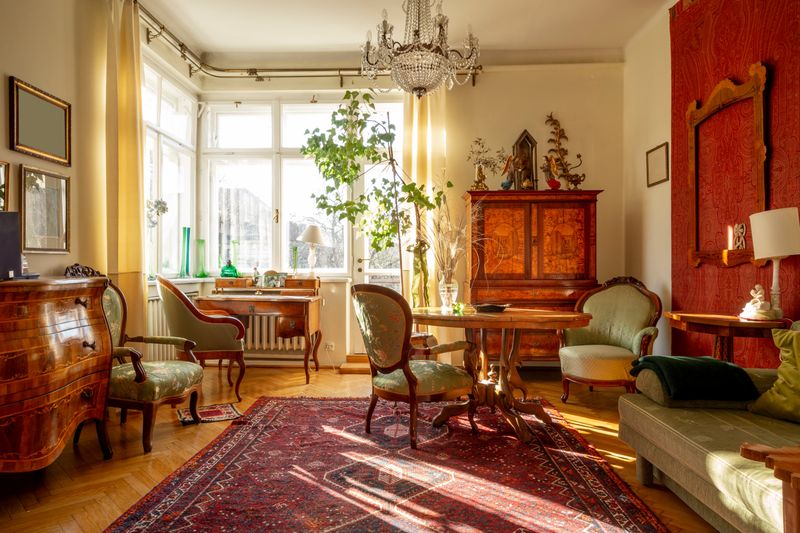
Solid wood dressers with dovetail joints and brass hardware outlast particle board assemblies by decades. Vintage furniture was built when craftsmanship mattered more than shipping convenience.
Grandmother’s maple hutch has survived seventy years and counting. Meanwhile, modern flat-pack furniture starts disintegrating during assembly.
5. Curves In All The Right Places
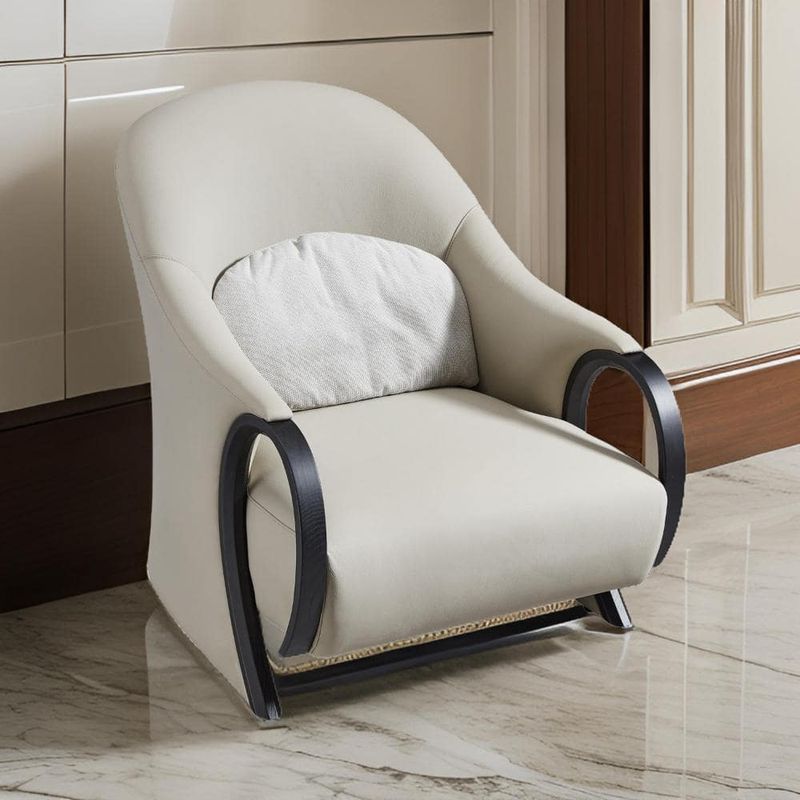
Vintage furnishings celebrate human bodies with curved arms, rounded edges, and sensuous silhouettes. Sitting in 1940s club chairs feels like receiving warm hugs.
Modern minimalism worships sharp angles, flat surfaces, and chairs seemingly designed by people who’ve never actually sat down. Straight lines might photograph well for design magazines but offer little comfort to actual human spines.
6. Sustainable Before It Was Trendy
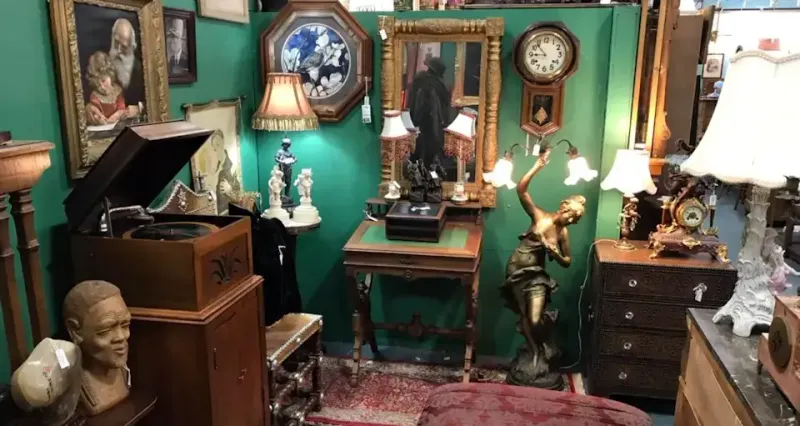
Buying vintage furniture represents environmental activism disguised as decorating. Every secondhand purchase diverts perfectly good items from landfills while preventing new manufacturing resource consumption.
Minimalism often masquerades as sustainability while encouraging constant replacement of “outdated” pieces. Ironic how quickly minimalist trends shift, creating endless consumption cycles.
7. Mix-and-Match Mastery
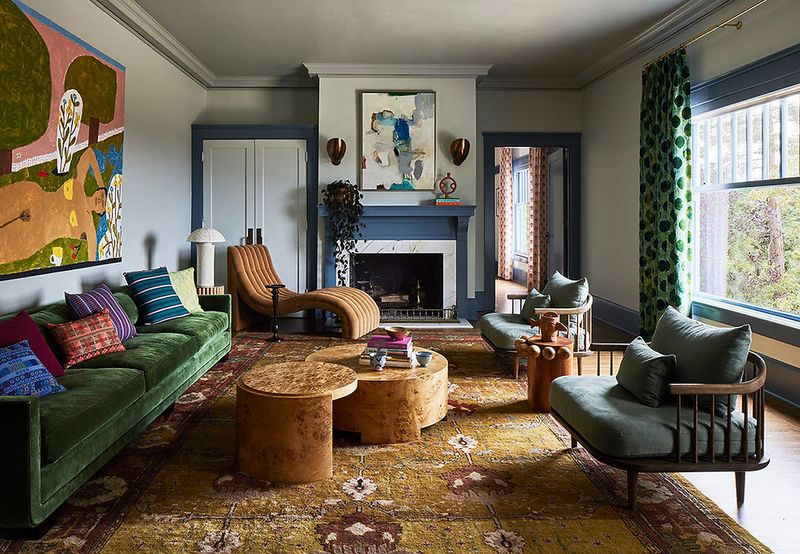
Vintage decorating celebrates unexpected combinations—Victorian settees alongside mid-century lamps, art deco mirrors above farmhouse tables. Rules exist to be broken with gleeful abandon.
Minimalism demands strict adherence to narrow aesthetic codes. One decorative object too many risks expulsion from minimalist heaven.
8. Imperfection As Perfection
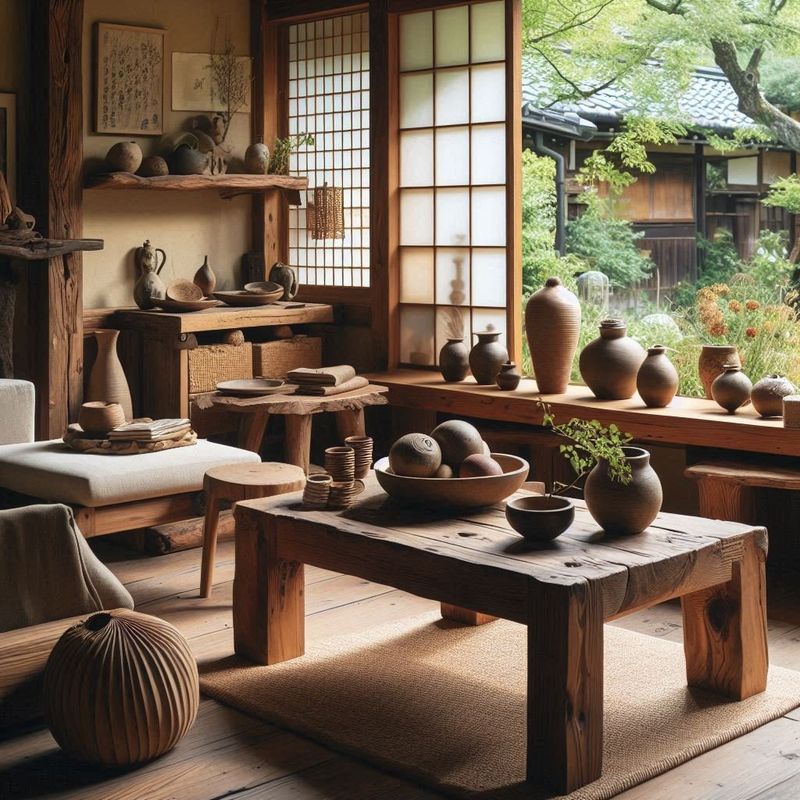
Vintage embraces wabi-sabi philosophy—finding beauty in imperfection, incompleteness, impermanence. Chipped teacups, worn velvet chairs, slightly faded textiles tell stories of lives well-lived.
Minimalism demands clinical perfection where single water rings constitute decorating emergencies. Living becomes performance art where human existence itself seems messy.
9. Texture That Begs To Be Touched
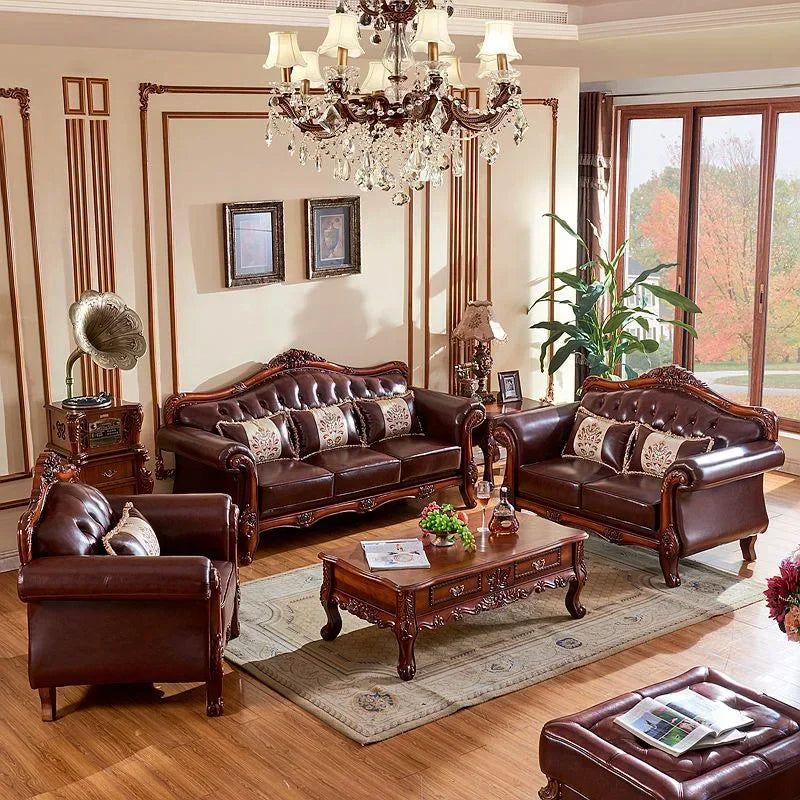
Velvet, brocade, needlepoint, caning, carved wood—vintage decor creates tactile wonderlands for fingertips. Homes become sensory experiences beyond mere visual appeal.
Minimalist spaces prioritize smooth surfaces and visual simplicity over textural complexity. Coldness both literal and figurative permeates spaces where nothing invites touch.
Humans crave tactile stimulation—vintage textures satisfy primal needs minimalism starves.
10. Rooms With Actual Personality
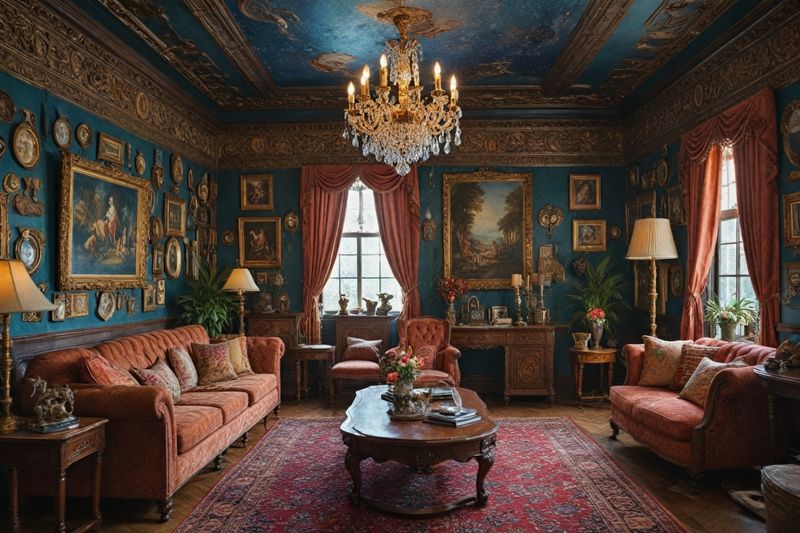
Vintage-adorned spaces reveal occupants’ passions, travels, family histories—each object chosen for meaning rather than matching potential. Walking through reveals who lives there, not which influencer they follow.
Minimalist rooms remain anonymous, interchangeable, devoid of identifying characteristics. Could belong to anyone—or no one.
Personality-filled spaces foster genuine connections between visitors and inhabitants, creating memorable impressions impossible in carefully curated voids.
11. Affordability Without Compromise
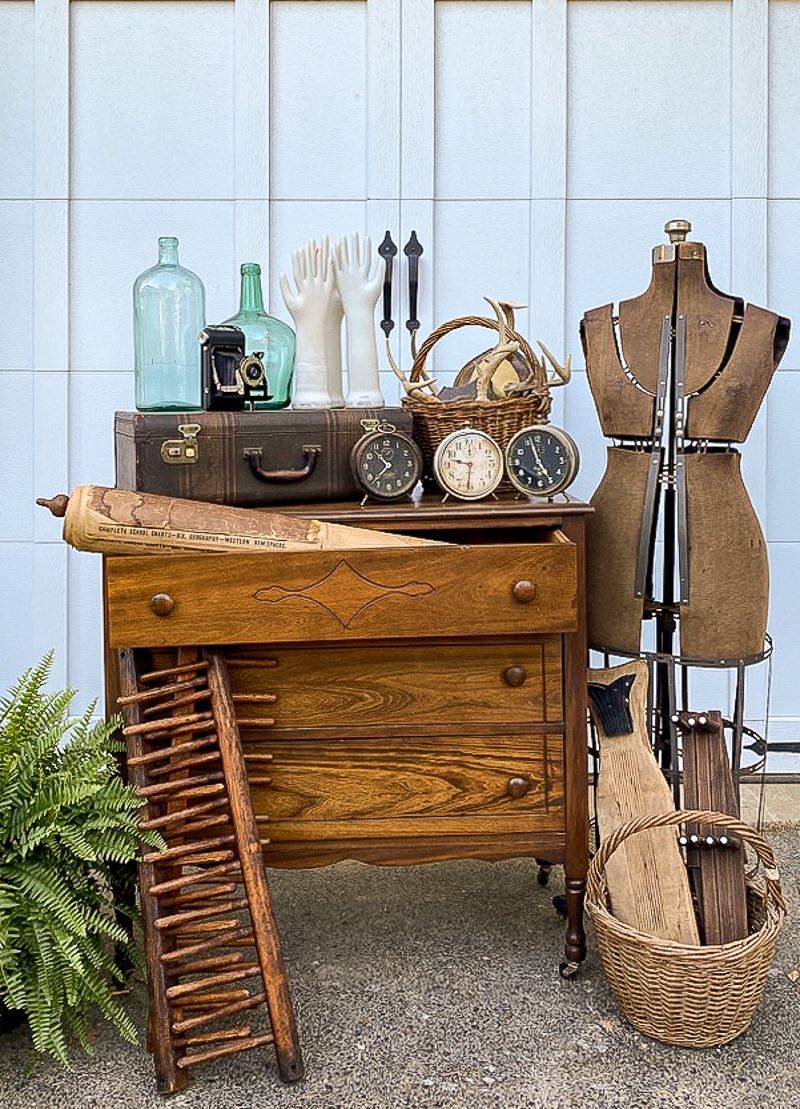
Vintage hunting rewards patience with extraordinary bargains. Thrift stores, estate sales, and flea markets offer one-of-a-kind treasures at fractions of contemporary equivalents’ costs.
Designer minimalism paradoxically commands premium prices despite material simplicity. Paying thousands for artfully arranged emptiness seems particularly absurd during housing crises.
Budget-friendly vintage allows personal expression without financial strain—democratizing good design for everyone.
12. Warmth Over Sterility
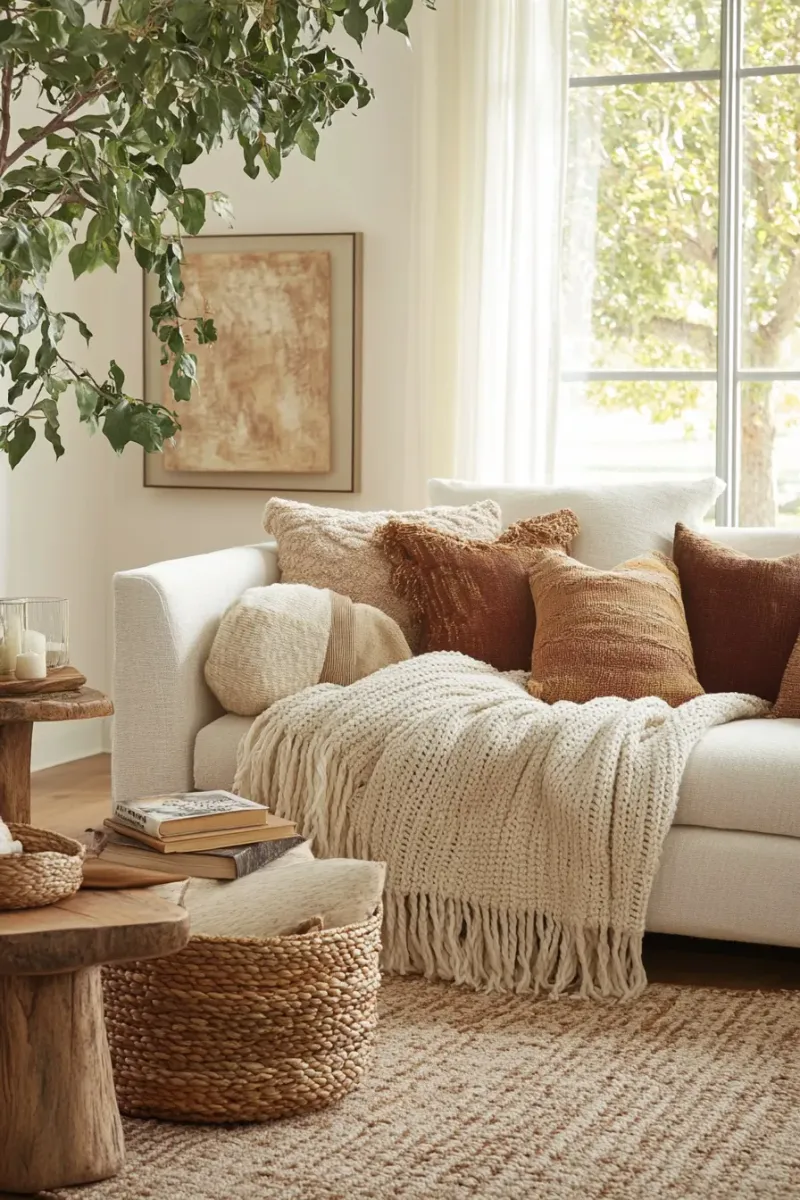
Vintage-inspired rooms radiate psychological warmth through layered textiles, wood tones, and gentle lighting from actual lampshades. Entering feels like receiving emotional embraces.
Minimalist spaces emanate coolness—both temperature and attitude. Clinical atmospheres might showcase architectural features but rarely human comfort needs.
Studies consistently show humans respond positively to warmth cues—vintage decor intuitively provides what science confirms we crave.
13. Architectural Salvation Squad
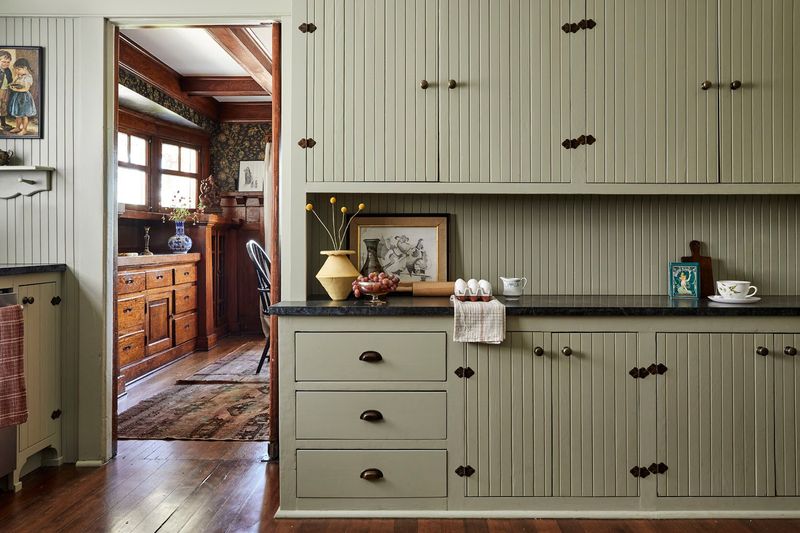
Vintage furnishings rescue challenging architectural features modern pieces struggle with. Awkward alcoves become perfect display niches for collections. Weird corners transform into charming reading nooks with Victorian chairs.
Oddly proportioned rooms gain character through strategic vintage placement. Architectural quirks become celebrated features rather than design problems.
Older homes especially sing when decorated with period-appropriate pieces that honor original intentions.
14. Hollywood-Worthy Backdrop
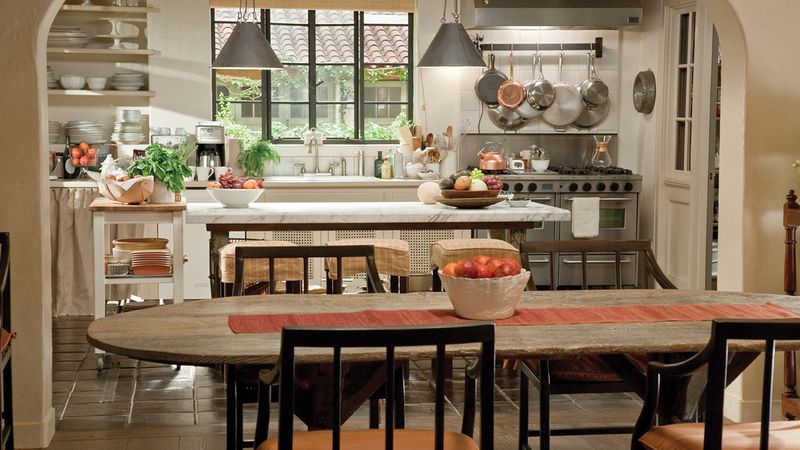
Notice how film directors choose vintage-filled settings for emotional scenes? Wes Anderson’s meticulously curated vintage worlds, Nancy Meyers’ warm kitchens with copper pots hanging overhead—vintage creates cinematic magic.
Minimalist spaces appear in films portraying emotional disconnection, dystopian futures, or villains’ lairs. Telling visual shorthand!
Vintage surroundings make everyday moments feel screenplay-worthy—morning coffee becomes Katharine Hepburn-esque when sipped from grandmother’s china.
15. Seasonal Decoration Liberation
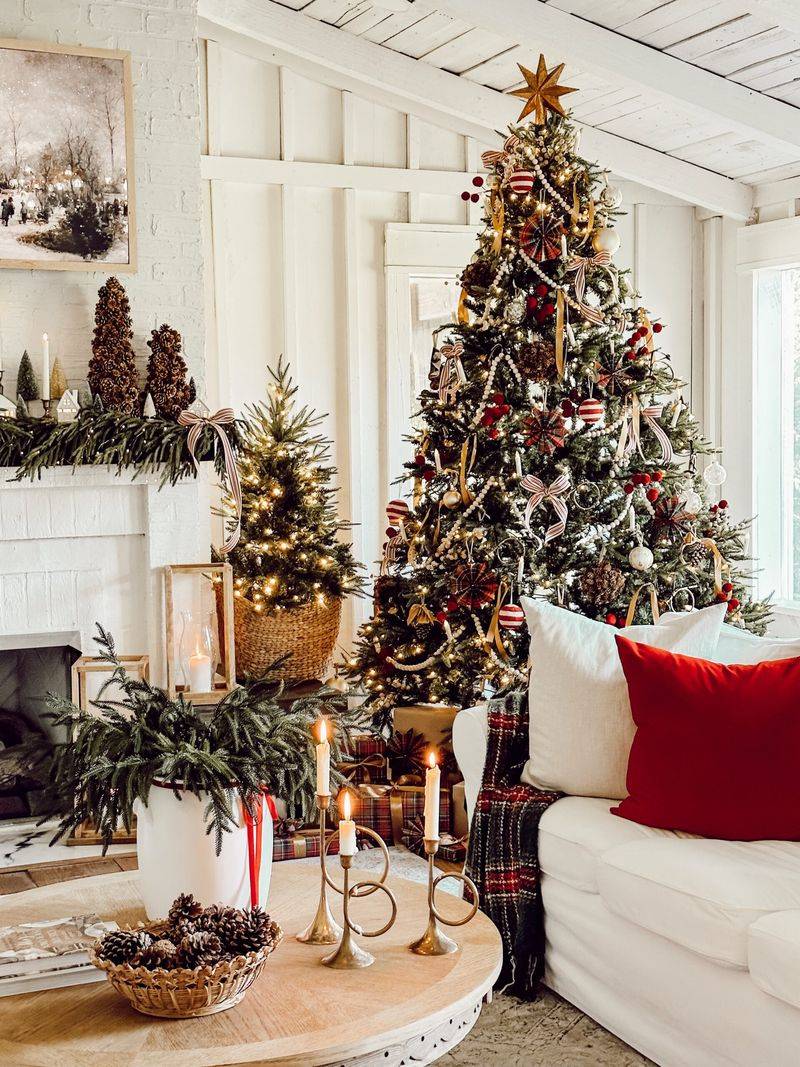
Vintage collectors celebrate seasonal changes through layered decorating—swapping summer chintz for autumn velvets, displaying holiday collections accumulated over decades. Homes evolve throughout year without complete overhauls.
Minimalism restricts seasonal expression to perhaps single approved pumpkin during autumn. Holiday decorations create visual “clutter” minimalists must resist or hide.
Freedom comes from embracing decorative abundance—vintage philosophy permits full festive expression without judgment.
16. Childhood Memory Machines
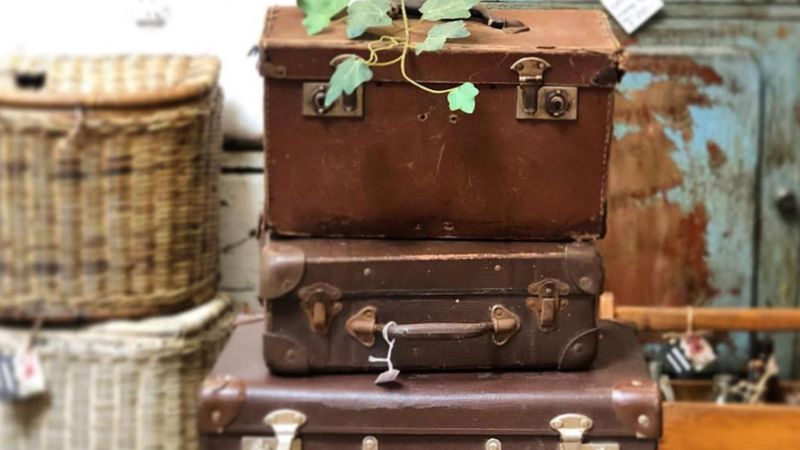
Children raised among vintage treasures develop rich sensory memories—grandmother’s ticking mantel clock, great-uncle’s leather chair smell, heirloom quilt weight during storytime. These sense memories form foundational childhood touchstones.
Minimalist surroundings provide few memory hooks for developing minds. What will today’s children remember from rooms designed primarily for Instagram?
Creating childhood memory machines through thoughtful vintage collecting gives future adults emotional anchors.
17. The Ultimate Revenge Against Digital Overload
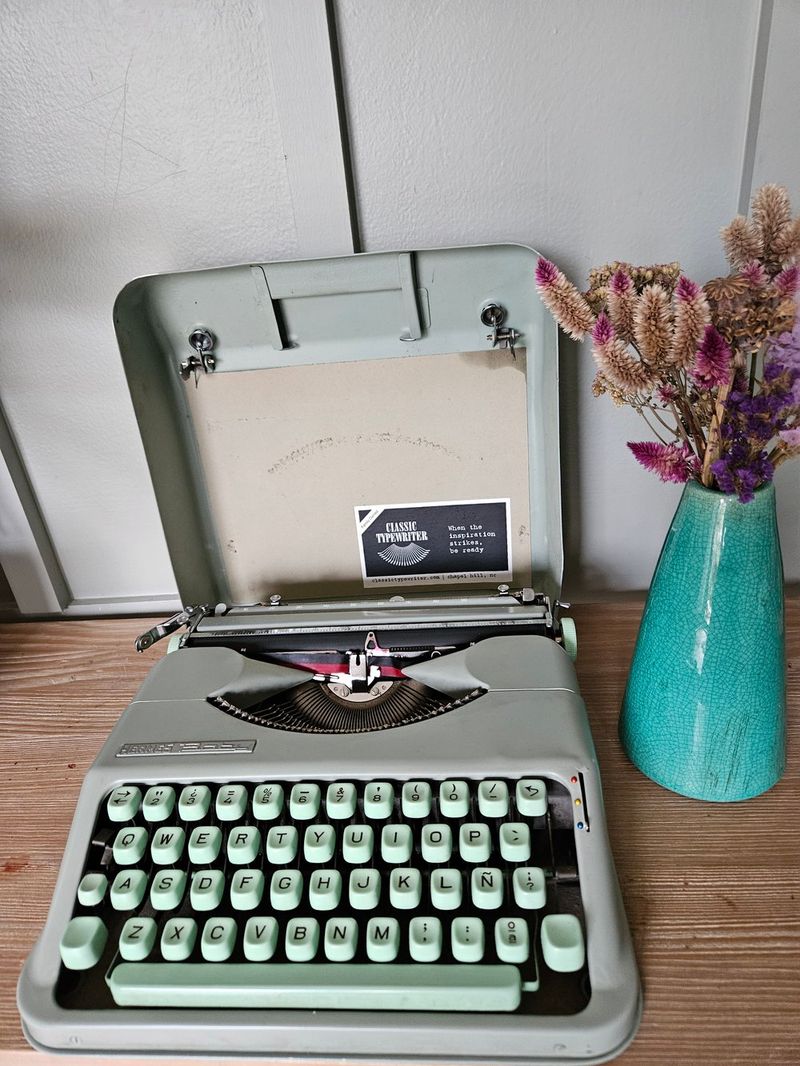
Vintage-filled homes provide sanctuary from screen-dominated existence. Analog objects—record players requiring physical interaction, typewriters with satisfying key resistance, rotary phones with actual bells—offer tactile respite.
Physical vintage objects ground us in material reality when digital worlds increasingly claim attention. Handling items made before planned obsolescence reminds us of permanence possibilities.

